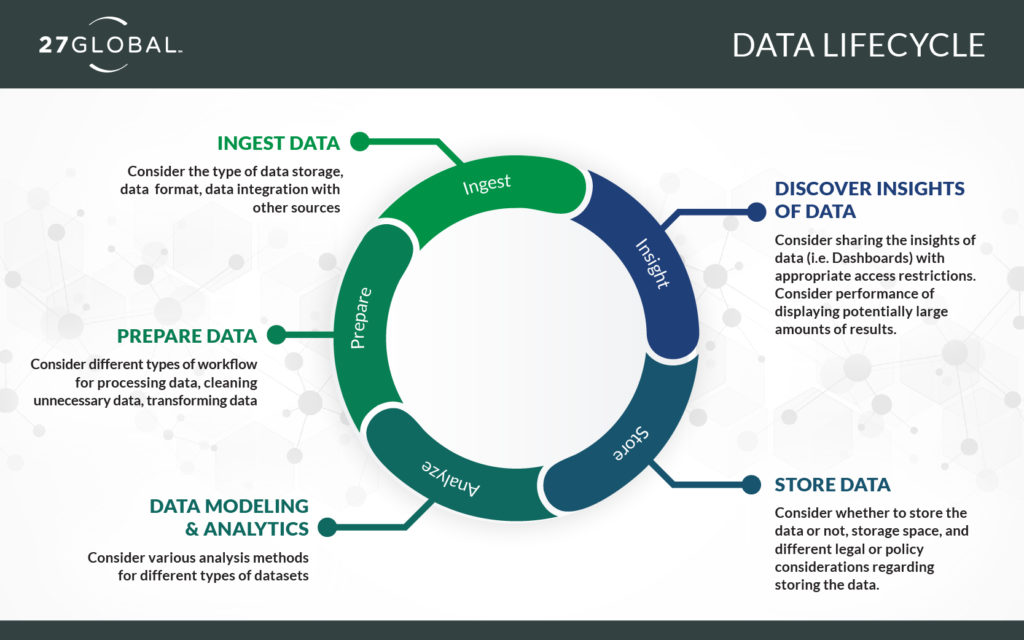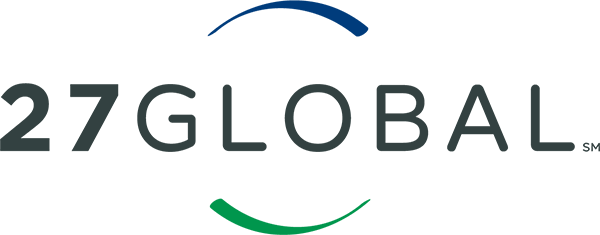INTRODUCTION
In parts one and two of this four-part blog series on modern data management, we discussed the importance of developing an overarching strategy for how your organization leverages data and performs discovery activities to get an accurate view of data assets. This blog focuses on the implementation of the data platform and how it transforms assets to a desired state in a modern, cloud environment.
Phase Three: Implement
Now that you have a comprehensive plan, it’s time to execute. Applying new architecture will create a solid foundation and allow your organization to be more purposeful with data efficiencies. Thoughtful and effective implementation will allow you to build upon your data management process over time.
Activities
Using the target state architecture and roadmap developed during the Discover phase, you should conduct a planning session to sequence and resource the implementation of the data program. This can be done as an iterative agile plan or a traditional build plan. These planning sessions will provide you with a blueprint for overall program management and serve as an evergreen process that can be reviewed when updates are needed.

Deliverables
Once you successfully conduct a planning session and blueprint for program management, you should be able to:
Implement Infrastructure-as-Code (IaC)
- Leveraging IaC allows for the automated build-out of Cloud environments (Dev/Test/Production) based on the target state architecture’s various components and requirements, including:
- Network & Security
- Servers/VMs
- Serverless Resources
- Data Storages
- Logging & Monitoring
Create CI/CD Pipelines
It is critical to have CI/CD pipelines in place so developers can stop manually packaging and deploying each update or can make changes to applications, services, data models, etc.
Implement a Data Lifecycle
Think of a data lifecycle like a map showing how your data moves throughout your organization – from the source where data originate and how it is transformed into actionable data types to how it is stored and who uses it. Details around what drives data through the process should also be considered. Some examples include:
- Various sources where raw data originates
- The ingestion method of various types of raw data (scheduled or event-based)
- Requirements for cleaning, transforming and storing certain types of data
- Which tools or methods are used for analyzing data
- How analyzed data is visually represented and made available to users via dashboards or reports
Apply Data Quality & Master Data Management (MDM)
Data is only as useful as its quality allows. Implementing data quality measures ensure ingested data is properly refined and capturing the appropriate fields of information for later use. Implementing MDM is one of the biggest challenges for companies with multiple data sources for the same domain, such as customer data. It is critical to have a source of truth for critical data elements with consistent data quality. This can be accomplished by leveraging an MDM tool that offers features such as deduplication, match and merge, enrichment, relationships and hierarchy.
Conduct Integration and Automation Testing
Testing is a crucial step to determine that modules and components are working properly. Undetected security holes negatively impact businesses in many ways, including development costs, customer dissatisfaction and security breaches. Quality tests combat these issues by focusing on issue resolution, remediation and prevention. The following tools can be helpful when implementing a testing framework:
- Requirements and acceptance criteria analysis
- Coding standards
- Unit test coverage analysis
- Static code inspection tools
- API/integration testing
- UI, web, mobile testing
- Code review
- Functional testing
- User acceptance testing
- Destructive testing
- Load/performance testing
- Security/penetration testing
Conclusion
Now that the Strategy, Discover and Implement phases are complete, you can see how the data journey builds upon itself. By first determining a strategy, then discovering elements to create a roadmap, you can successfully implement a new data management process that will help you achieve your business goals.
But there’s still one more step to go. Monitoring lets you dig deep into the system to determine what works and what needs to be adjusted. Read the fourth installment of the Modern Data Management blog series here for insight into the last phase of your data journey.
Contact us todaySun Jang is a Principal Architect at 27Global. Founded in 2008, 27Global designs, builds, and operates technology solutions for businesses of all sizes. The perfect pairing of a local leadership with offshore pricing, 27Global has the business acumen to understand your vision and the expertise to build your technology solution. To learn more, visit 27global.com or connect with us on LinkedIn and Twitter.






